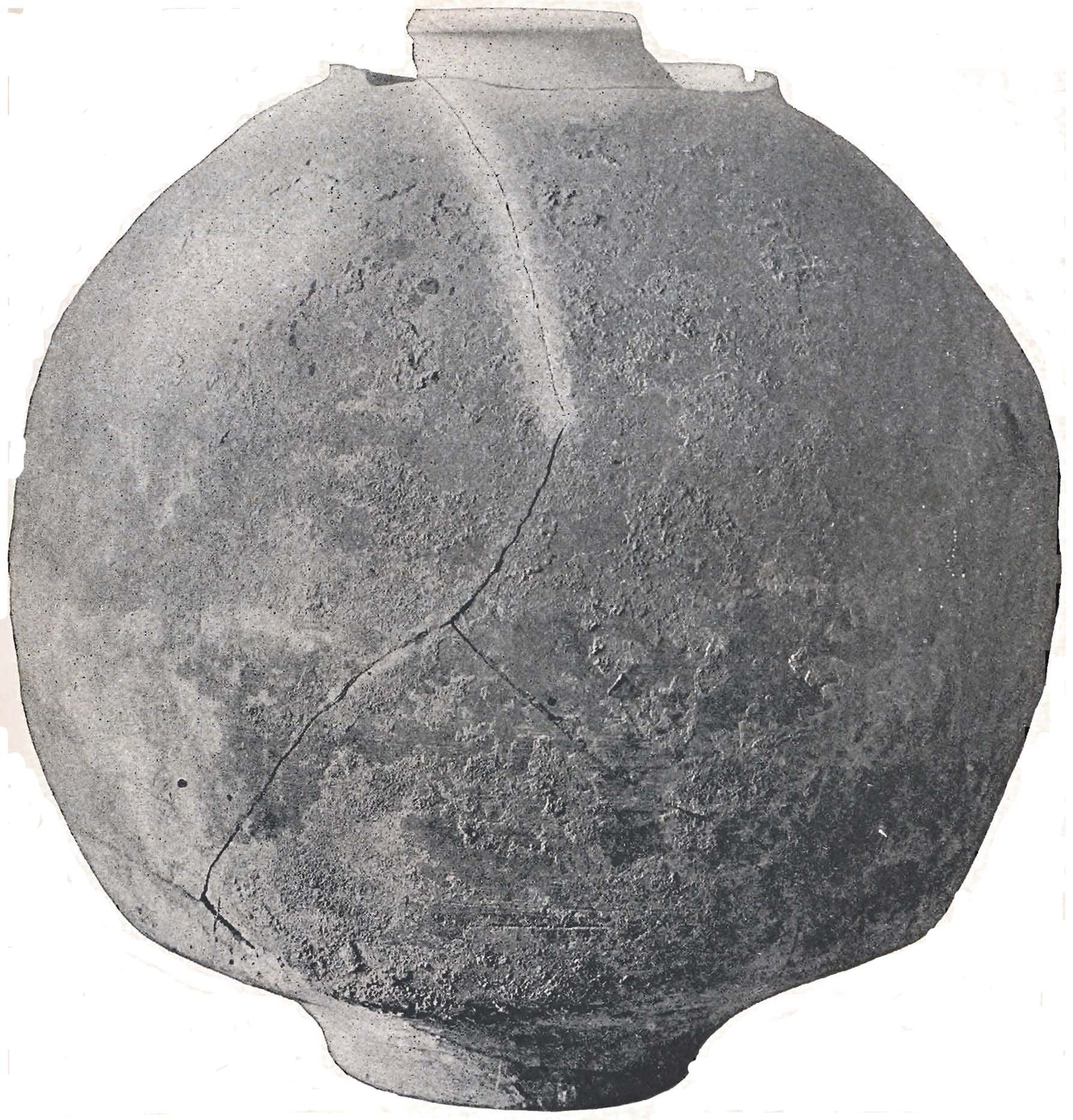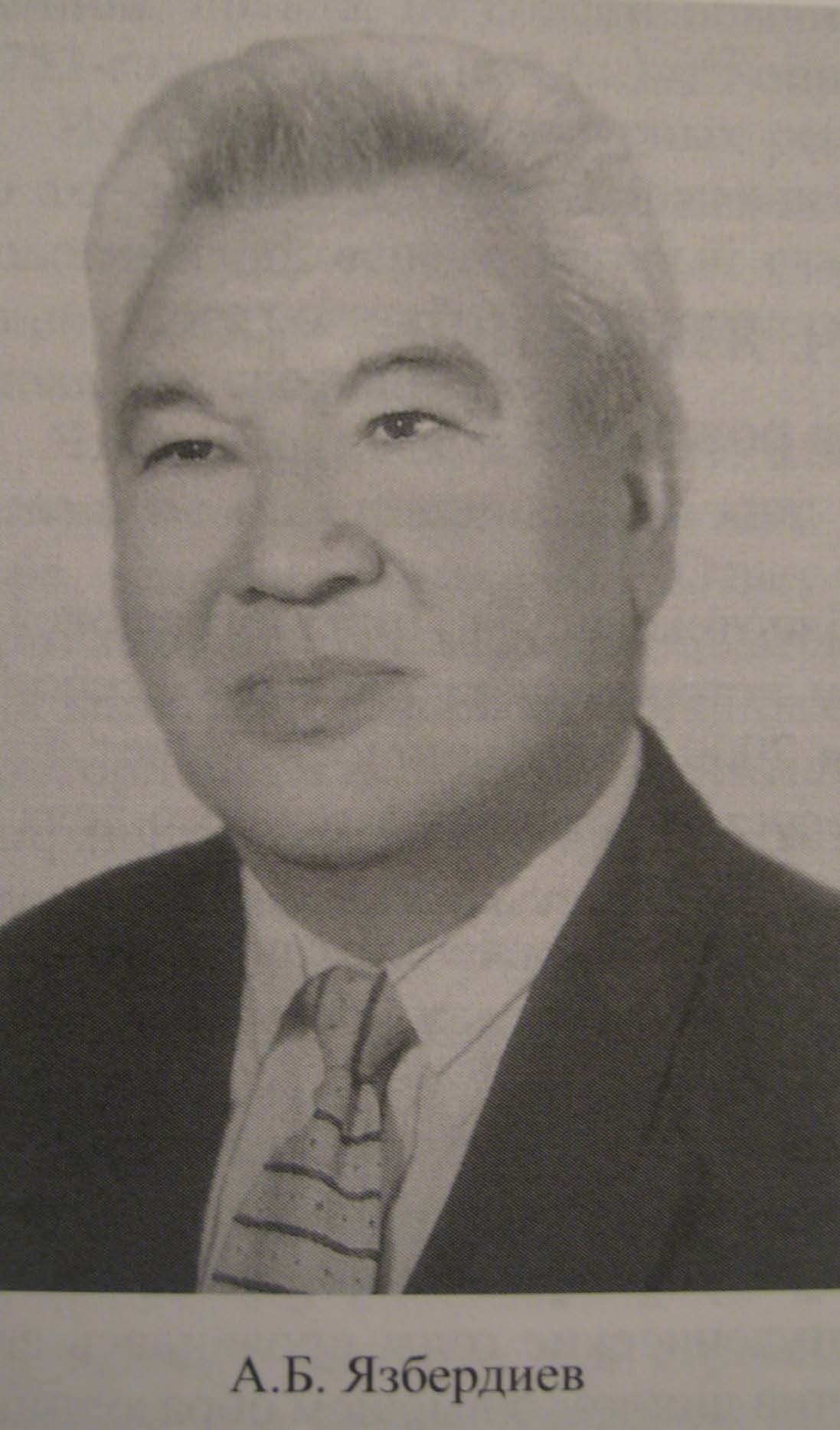
While many of the ethnolinguistic groups of the former Soviet sphere find themselves separated from a number of their coethnics by new or old international borders, perhaps none are so divided as the Turkmen, with substantial and long-standing populations in Turkmenistan, Iran, Iraq and Afghanistan, and smaller populations in Pakistan, Turkey, the North Caucasus region (the Trukhmens) and, according to some ethnographers, in China (the Salars). With this in mind, some attempt may be made in the future to cover Turkmen-related publications from beyond Turkmenistan’s current borders, using sources such as the Turkish State Archives’ Irak Türkleri bibliyografyasi = A bibliography of Iraqi Turks (Ankara, 1994)(OCLC: 37742021), the “bibliographic summary” on the Trukhmens included in A. P. Potseluevskii’s Dialekty turkmenskogo iazyka (Ashkhabad, 1936)(OCLC: 702552164) and Araz Mohammad Sarly’s 2-volume bibliography of the Turkmen-inhabited Golestan/Gulistan region of Iran (Gorgan, 1377-1379, i.e., 1998-2000). A few dozen such publications (mostly Iraqi and Iranian books from the 1960s and 1970s) are listed on pages 218-230 of Arap grafikasynda neshir edilen tu̇rkmenche kitaplar.
Compared to other Central Asian countries, the publishing output of Turkmenistan has generally been modest. According to the tables in 1961-nji iylda Tu̇rkmenistan SSR-ning metbugaty : statistiki materiallar = Pechat’ Turkmenskoi SSR v 1961 godu : statisticheskie materialy (Ashgabat, 1962)(U of I Library call number: Oak Street Facility 015.585 T845), between 1913 and and 1961 the total number of books published in Turkmenistan was 10,900. During the same time period, an average of 15 journals and 46 newspapers were being published in any given year. More information on early Turkmen publishing can be found in Turkmenistan SSR-ning metbugaty, 1927-1956 : statistiki materiallar = Pechat’ Turkmenskoi SSR, 1927-1956 : statisticheskie materialy (Ashgabat, 1957) and, for example, in N. Burov’s article “God raboty Turkmenskoi Knizhnoi Palaty (Sentiabr’ 1926 g.-avgust 1927 g.)” (in Bibliografiia v SSSR i knizhnye palaty : sbornik statei, [Kharkiv], 1928, U of I Library call number Main Stacks 015.47 R921b and International & Area Studies Microform Room (Slavic) MFICHE 015.47 B471). The latter source states that 119 titles were published in Turkmenistan from January to June, 1927 (52 in Turkmen, 44 in Russian, 21 in Turkmen and Russian, and 2 in Persian), about half of which were resolutions and other official statements of the government of the Turkmen SSR. During the State Book Chamber of Turkmenistan’s first twelve months of existence (beginning in late 1926), it registered a total of 139 monographs newly published in the republic (ibid.).
Among the earliest sources of a bibliographic nature associated with Turkmenistan were the brief Arabic-script publisher’s catalogs issued by Turkmengosizdat in the mid-1920s under the title Tyrkmenistan devlet nerijat’n’ng türkmen dilinde bas’p cqaran kitaplar’ = Knigi, izdannye na turkmenskom iazyke (arab. alfavit) Turkmenskim gosudarstvennym izdatel’stvom (Poltoratsk/Ashkhabad, 1924-1926). The creation of an annotation for Z. M. Penkina’s Zakaspiiskii krai: sistematicheskii sbornik bibliograficheskikh ukazanii knig i statei o Zakaspiiskom krae i sopredel’nykh stranakh (Sanktpeterburg, 1888), often cited as an early bibliography on Turkmenistan, has been reserved for future Slavic Reference Service pages on Central Asia as a whole, since it features extensive coverage not only of what is now Turkmenistan, but also of other parts of Central Asia. Mention should perhaps also be made of the 1,300-page Materialy po istorii turkmen i Turkmenii (Tom I — VII-XV vv.: arabskie i persidskie istochniki and Tom II — XVI-XIX vv. : iranskie, bukharskie i khivinskie istochniki)(OCLC: 11304829), issued as parts 1 and 2 of volume 29 of Trudy instituta vostokovedeniia (Moskva; Leningrad: Izd-vo Akademii Nauk SSSR, 1938-1939). While these volumes are not bibliographies and are not comprehensive, they do provide Russian translations of hundreds of important manuscript sources, and in so doing provide a good idea of the range of literature on Turkmenistan that was available prior to the advent of printing in the region.

The central figure in Turkmen bibliography is Almaz Ýazberdiýew/Almaz Iazberdiev, who, in addition to compiling many of the sources listed on our Turkmen national bibliography page, has written extensively on the history of bibliography and book publishing in Turkmenistan and in Central Asia in general. For those interested in learning more about these topics, some of his major Russian-language works include Iz istorii bibliografirovaniia natsionalnoi pechati narodov Srednei Azii vtoroi poloviny XIX i pervoi chetverti XX veka = Orta Aziia khalklarynyng XIX asyryng ikinji iarymynda ve XX asyryng birinji chäreginde chykan milli metbugatyny bibliografirlemeging tarykhyndan (Ashkhabad: Ylym, 1974) (OCLC: 21847724), Knizhnoe delo v drevnei Srednei Azii: doislamskii period (Ashgabat, 1995 — U of I Library call number Main Stacks 002.0958 Ia9k), and Bibliotechno-bibliograficheskoe i knizhnoe delo v Turkmenistane: sbornik statei (Ashkhabad : Ylym, 1988-1991) (OCLC: 20296751). This last work was published in two volumes and includes articles on Turkmen publishing, bibliography, and book history by various authors, as well as a 200-entry bibliography of works on these subjects that were published under the auspices of the library of the Turkmen Academy of Sciences. Ýazberdiýew is also the editor-in-chief of the long-running series “Materialy k biobibliografii uchenykh Turkmenistana=Tu̇rkmenistanyng alymlarynyng biobibliografiiasy u̇chin materiallar [=Materials for the bio-bibliography of the scholars of Turkmenistan]” (1968- ), in which each volume is devoted to the life and works of a different prominent Turkmen scholar. A complete bibliography of Ýazberdiýew’s hundreds of published works as of 2009 can be found in the Library of the Turkmen Academy of Sciences’ Almaz Berdiýewiç Ýazberdiýew (Türkmen alymlary no. 37; Aşgabat, 2009 — U of I Library call number International & Area Studies Central Asian Reference (Slavic) 020.920585 Ia9a).
Ýazberdiýew considers a handful of religious texts published primarily in Kazan’ in the early 19th century to be the first instances of Turkmen appearing in print. In 1960, on the other hand, the deputy director of the Turkmen Book Chamber I. G. Veselkova identified two works published in Baku by A. S. Aliev in 1913 and 1914 as the only works in Turkmen to appear before the establishment of Turkgosizdat in Tashkent in 1920 (Sorok let sovetskoi gosudarstvennoi bibliografii, 1920-1960 : sbornik statei, U of I Library call number International & Area Studies Russian Reference (Slavic) 015.47 V96s, p. 164). Presumably the discrepancy can be accounted for by the fact that Central Asian literary (and non-literary languages) were not differentiated into ethnically-based “Turkmen,” “Uzbek,” “Kazakh,” “Kyrgyz,” and other languages until after the Bolsheviks took power in 1917, such that what language a pre-revolutionary work is written in (or what ethnic group it should be assigned to) can be the subject of some debate.
Like other Central Asian national groups under Communist rule, the Turkmen have seen many changes in the scripts used to write their language since the advent of printing in the region. The pre-revolutionary Arabic-based script that had predominated for centuries was modified at the beginning of the Soviet period, but was then used for less than a decade before a new Latin script was introduced, at the end of the 1920s. By the end of the 1930s, a modified Cyrillic alphabet had replaced the Latin one, which lasted until the mid-1990s, when the current Latin script (different from the one used in the 1930s) was introduced. The Turkmen Soviet Socialist Republic was officially established in 1924, upon the dissolution of the Turkestan ASSR of the Russian Soviet Federated Socialist Republic, which had encompassed all of Soviet Central Asia up to that time. Although some of the most ancient sedentary civilizations in the world are well-represented in the archaeological record nearby, Turkmenistan’s current capital, Aşgabat (also spelled Ashgabat and Ashkhabad) was not founded until 1881. Until 1919 it was known as Askhabad, then, briefly, as Poltoratsk (after Pavel Poltoratskii, a prominent Bolshevik participant in the October Revolution in Turkestan). The current name/spelling was adopted in 1927.
As of February 2011, the National Library of Turkmenistan, which at one time boasted one of Central Asia’s largest collections at 5.5 million items, had no online presence of any kind other than a Facebook page. No Western library is known to possess any Turkmen national bibliographic publication published after 1999. In 2008 and 2009, a handful of issues of the Library of the Turkmen Academy of Sciences‘ Täze kitaplaryň habarnamasy (gumanitar we tebigy ylymlar), which listed their new book acquisitions on a monthly basis, were posted online, but these appear to have since been taken down.
Thanks are due to Özgül Gök Pekcan, who did much of the preliminary work in compiling this page.
